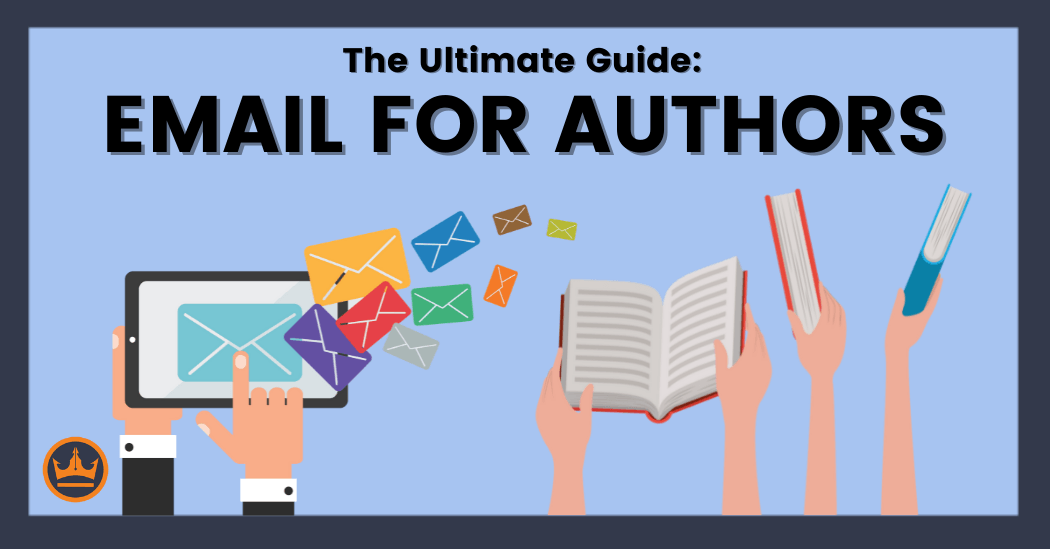Sell More Books Using CRM and Email Marketing
What is a CRM?
A Customer Relationship Management (CRM) system is a tool that helps manage interactions with current and potential readers. It enables authors to organize and access information about their audience, track communication history, and analyze reader behavior and preferences.
What is Email Marketing?
Email marketing is a direct form of communication where authors can send personalized messages to their readers. It’s a powerful tool for sharing updates, promoting new releases, and nurturing a loyal readership.
Benefits of Combining CRM with Email Marketing
1. Centralized Data Management
A CRM system consolidates reader information in one place. By integrating this with an email marketing platform, authors can ensure they have a single, comprehensive view of their audience. This integration allows for seamless management of contact lists, segmentation, and targeted communication.
2. Personalized Reader Engagement
Personalization is key to engaging readers. With CRM data, authors can segment their audience based on preferences, purchase history, and engagement levels. Email marketing platforms can then be used to send tailored messages that resonate with each segment, increasing the likelihood of reader engagement and loyalty.
3. Automated Communication
Automation features in email marketing platforms allow authors to set up campaigns that run on autopilot. For instance, welcome emails for new subscribers, birthday greetings, or reminders about upcoming book releases can be scheduled in advance, ensuring consistent and timely communication.
4. Enhanced Analytics and Insights
Both CRM and email marketing platforms offer robust analytics. Authors can track open rates, click-through rates, and other engagement metrics. This data provides insights into what content resonates with readers, allowing authors to refine their strategies and improve future campaigns.
Steps to Implementing CRM and Email Marketing
1. Choose the Right Tools
Select a CRM and an email marketing platform that integrate seamlessly. Popular options include LeadPro, Mailchimp, HubSpot, and Salesforce. Consider factors like ease of use, integration capabilities, and pricing.
2. Build and Segment Your Audience
Import existing contacts into the CRM and begin segmenting your audience based on relevant criteria. Segments might include new readers, frequent purchasers, or those interested in specific genres.
3. Create Engaging Content
Craft compelling email content that provides value to your readers. This could include exclusive excerpts, behind-the-scenes insights, special offers, or event invitations. Ensure your emails are visually appealing and mobile-friendly.
4. Automate and Schedule Campaigns
Set up automated email sequences to nurture new subscribers and keep existing readers engaged. LeadPro.com has Free Plans for Email Markeing with CRM features. Here you can schedule regular newsletters and promotional emails to maintain a consistent presence in your readers' inboxes.
5. Monitor and Optimize
Regularly review your campaign performance using the analytics provided by your CRM and email marketing platform. Identify what’s working and what isn’t, and make necessary adjustments to optimize future campaigns.
Best Practices for Success
- Personalize Your Messages: Use the data in your CRM to personalize email content. Address readers by name and tailor content to their preferences.
- Provide Value: Ensure every email offers something of value, whether it’s exclusive content, discounts, or insights.
- Maintain Consistency: Regular communication helps keep your audience engaged. Develop a content calendar to stay organized.
- Respect Privacy: Always obtain permission before adding someone to your email list and provide an easy way for readers to unsubscribe.
- Test and Iterate: Experiment with different email formats, subject lines, and content types. Use A/B testing to determine what works best.
Conclusion
For authors, leveraging a CRM and email marketing platform can significantly enhance their ability to connect with readers. By centralizing data, personalizing communication, and automating processes, authors can build a loyal and engaged readership. In today’s competitive market, these tools are invaluable for turning readers into lifelong fans.



